What is the HXRO token?
First of all, before I discuss this project I would like to acknowledge that I will keep this article as unbiased as possible: we are extremely grateful to HxroNetwork for being our first YouTube sponsor, and more importantly, we ask that you please DYOR and don’t take any of this as financial advice.
With that aside, the main reason I am writing this article is simple: I believe the HXRO token has some incredible tokenomics that people are unaware of …
I have spoken about sustainable tokenomics a lot in previous articles and on podcasts etc., and this couldn't be more critical in this late-stage bear market when everyone is running for the hills. Projects that overlook tokenomics, revenue structures, and overall user incentives will not make it out of this leg of the cycle alive.
Likewise, there is something to be said specifically about the Solana ecosystem that has annoyed me and others for a while now and that is the complete disregard for sustainable, retail-friendly, tokenomics. Some people believe this is a result of Solana's purely VC-driven fundraising, and those VCs will rinse retail of its money at any opportunity - partly true. On the other hand, projects that can navigate these waters and find a great balance between retail and big money tend to survive crypto winters.
We had a long old conversation with Random Task on our DeFi Happy Hour show on YouTube, and it became apparent that we should be covering the Hxro Network. One of the biggest selling points for me, personally, was although the founders are some of the most experienced derivatives traders in crypto (both with more than 20 years of TradFi derivatives experience), they are also degens at heart; they have built a full ecosystem in and of itself, with the understanding of what retail and the big money dogs look for.
We are going to break Hxro Network down into a series of articles because, quite frankly, it would take me a month or two to write it all up (and I don’t fancy doing that, haha). We will cover A Degens Guide to Futures and Options, and A Complete Guide to Hxro Network in other articles, but for now let's dissect the tokenomic and incentive structure of Hxro Network, and the part that all the degens want to know: how will it make you money and what will the strategies look like?
Again, this is not financial advice, but it is research…
What Is the Hxro Network?
In short, the Hxro Network is a decentralised derivatives platform that is built on Solana. The network is home to different derivatives products such as Futures (perps and expiring), European Options (majority of crypto options on the market) and more exotic options.
So, it's a whole network that is solely focused on bringing the biggest trading instruments into the DeFi space, all under one roof.
Whilst a lot of other projects will focus solely on either spot, perps or options, the Hxro network will allow all of this (and more) to be carried out in one network. Think of the CME but for DeFi… Whilst we may still be several orders of magnitude smaller with regards to volume than the traditional markets, crypto derivatives are still growing in a huge way.
The Block reported that on-chain Options trading volume had increased over 443% in 2021 alone, with Derebit leading the charge. Although there is something to be said about the natural progression and migration of users to on-chain exchanges too, anecdotally, I have seen a huge wave of people come over to DeFi and at least try the basics out.
Phantom has on-boarded more than 2m active users in just 6 months following its launch, whilst Metamask came in the order of magnitude higher towards the end of 2021 with around $21m users - quite impressive but we still have a way to go before we enter the big boy leagues. I would hazard a guess that, due to Solana’s notoriously heavy focus on institutional adoption, some of the biggest firms in the business will be dipping their feet into the Hxro Network.
Hxro Network has seemingly got both sides of the retail and institutions equation balanced, and with an exchange (this is very important, in my opinion). The bulk of its exchange volume is naturally going to come from big money. Now, this doesn’t mean that it should be at the expense of the little guy either: big money, big volume, big protocol/network revenue which is available to all, proportionally to their holdings… as it should be.
A lot of those focused on the Solana ecosystem come from traditional markets. The Solana co-founder, Anatoly himself has said numerous times that the initial pitch deck included the phrase “Blockchain at Nasdaq speed” (if that isn’t a know-your-customer pitch, I don’t know what is).
On its own, with today’s current wealth distribution, retail is never going to get you to that kind of volume - it just doesn’t happen (unfortunately). But that doesn’t mean retail can’t participate and gain exposure to protocol revenue from said institutional volume.
As I mentioned above, the fine balance between both retail, and TradFi market participants is very hard to find and even harder to maintain; If any project is able to do it, Hxro will be a big contender.
Don’t get me wrong, we will see a lot of perpetual exchanges like dYdX attract big volume and activity - It is kind of hard to ignore that. What I don’t think we will see is a DeFi app like dYdX tailors their revenue share towards a more degen-minded participant.
The Hxro guys know their users and community because they are their users and community, and that is hard to crack if you reverse engineer it: many try, many fail. It is completely obvious when a protocol shoehorns in what they think are retail-friendly tokenomics.

Right, enough of me talking nonsense; let's take a deep dive into the HXRO token and the Hxro Network’s innovative revenue-sharing model. Built by degens, for degens…
The HXRO Token -
As you may have guessed by now the HXRO token isn’t some useless governance token that just sits there and does nothing. With around 44% of the total supply already currently in circulation, the current status quo of ridiculous fully diluted market cap projects on Solana has already been addressed and nullified here:

There is an ERC-20 token which is currently in the process of a full migration over to the Solana token standard (SPL). Details can be found HERE, and the functionality of the token will be on Solana once everything is fully rolled out.
The team has thought long and hard about the token design and how it can be used in the most optimal way. HXRO boasts multiple use cases from revenue share, governance, trading discounts and more.
The following are all the benefits that the HXRO token brings to holders and stakers:
- Full network value accrual (network fees are distributed to staked stakeholders, node operators, and other network participants).
- On-chain governance
- Staking
- Discounted network fee payments
- Network incentives and rewards
So, a pretty stacked card there with regards to utility. Let's now look at what each of these points means under the hood:
Full Network Value Accrual -
As I alluded to earlier, get yourself a protocol that can thrive in any market - good or bad. Project’s that have network value accrual (meaning that a portion of all fees across the Hxro Network will be distributed to its stakers) have the recipe for success when used correctly.
We have seen, in the early DEX game, a portion of trading fees being used to buy back projects' native tokens and then redistribute them to the market. I don’t particularly think that was the best idea, and we see it enough in TradFi stock exchanges with earnings manipulation creating a toxic market environment. Similarly, buybacks for a lot of early-stage crypto projects would be better spent building greater products and scaling, instead of persistently using an outdated gimmick that ultimately leads to a massive downtrend.
True network value accrual to protocol stakers can be done right, and the Hxro Network may have cracked it…
From the get-go, 50% of all fees collected from the platform will be distributed to HXRO stakers. These fees will come from all transactions: in all markets, and all derivatives in the HXRO Network. That CME comparison sounds kind of appealing now, doesn’t it?
Every trade, whether that be parimutuel, perpetual, expiring futures, or options markets (and maybe more in future) will incur a fee, and half of that fee will end up in the hands of stakers.
50% is high AF.
Even the less thought-out designs for a traditional DEX usually only take around 0.05% of a 0.3% trading fee, with the rest going to LPs. GMX pays around 30% to GMX stakers with the lion's share going to LPs. You’ll be hard-pressed to find such a high portion distributed to stakers for a network as large as this. Trust me, I have checked.
Naturally, with a full suite of products, apes are gonna ape whatever the weather. Volatility and bi-directional trading in up, down or sideways markets all generate revenue for the Hxro Network. So, the next time you see a cringe thread about bear market survival guides, save yourself the time and effort and look at protocols and networks that accrue value no matter what is happening (hence, this article)...
The remaining 50% will be split between other areas of the network that require incentives too: Liquidity Pools, insurance fund, HXRO treasury and THEO and SAMM surface providers (more on that in another article).
The currently proposed proportions for the remaining 50%:
12.5% - Treasury (including grants)
12.5% - Liquidity Provider Pools
12.5% - Insurance Fund
6.25%- SAMM Probability Providers
6.25%- THEO Surface Providers
How to Stake HXRO -
What is staking like on the network you ask? Well, users will be able to take their HXRO tokens and deposit them into the staking contract. This will require a lock-up, but before you run for the hills, hear me out on this one…
What is the most annoying thing in crypto, apart from shocked thumbnails on YouTube? That is right, tourists and mercenaries. Those vultures that want to come for the party and not offer to help clean up and even take their undrunk beer home with them.
DeFi has this too, small and large players that stay for a while, rinse a project for all it is worth, and then swiftly backdoor exit to the next victim. Lock-ups can help this. Those that truly want to earn sustainable, reliable and lucrative incoooooooome suffer at the hands of these bad actors.
Passive income certainly triggers ohm-fork and Pool2 PTSD for a lot of people, (me included) but those, quite bluntly, are not the way and never will be.
I can’t imagine there will be a shortage of stakers or LPs for Hxro Network as those that can picture owning a 50% revenue split for potentially one of the largest derivatives platforms in DeFi, will quite simply have to pay attention.
If someone said to you “here is a CME token. You can stake it and you’ll be proportionally rewarded with 50% of the exchange fees every day until you unlock” as a passive incooomer, you would jump at the chance.
Obviously, everything is relative but I think you get the picture.
The HXRO lock-ups are an interesting proposition too:
If you want to stake and lock for 1 week, then your rewards will be available to you 365 days from the date you locked up.
If you want to lock for the maximum time of 3 years, then rewards will be available to you the second they are paid.

Info: https://docs.hxro.network/hxro-token/staking-and-governance
This inverse rewards chart illustrates the idea here; the incentive is for users to lock for the maximum duration and then begin earning liquid rewards immediately.
It doesn’t take a genius to work out that this is mutually beneficial for the long-term holders/stakers of the Hxro Network and for the longevity of the protocol itself - that would be enough of an incentive for me personally, but there is also a multiplier bonus for those who are willing to lock in for 1 year or more: the longer duration of your lock-up, the larger the boost in your stake weight - this applies to both revenue share and governance.
Rewards are always paid in the denomination in which the fee is captured, and will be daily: derivatives transaction fees are all paid in USDC, and parimutuel fees are paid in both USDC and HXRO. Therefore a large portion of the network fee share will be paid out in USDC and a smaller portion of it paid in HXRO (or esHXRO which we discuss below).
From what I can gather when the protocol pays additional rewards in the form of HXRO, the tokens will be escrowed. If anyone is familiar with the esGMX/GMX product then this will be a good reference point.
So for example:
If you decide to lock up and stake your HXRO for 3 years, you will receive immediate access to your protocol revenue share (50% of all fees on the network) with an extra 4x multiplier boost paid in esHXRO, which is redeemable immediately if you choose to claim it.
If you lock for less than 365 days then you will receive no multiplier boost and will have to wait 12 months to claim your protocol revenue share (50% of all fees on the network). So, it is a decision you all are going to have to make.
So, what can you do with esHXRO?
esHXRO can be staked and locked to the network in the same way standard HXRO can be staked. It will receive the same stake weight/governance weight and multiplier benefits for the duration of locking, the same as HXRO,
OR
esHXRO can be claimed for HXRO: unlocked esHXRO will automatically convert to HXRO 1/365 per day once it is committed to the claiming contract. This means if you begin the claim, and you have 365,000 esHXRO (go you), 1,000 esHXRO will be converted to HXRO each day for you throughout the course of the year.
Rough estimates at a current price of $0.25 and 365,000 esHXRO would be around $250 a day being converted to HXRO…
Naturally, if the price of HXRO increases, then so does your esHXRO and equivalent dollar value…
The eagle-eyed amongst you will be wondering what token will be paid out to you from the network fees? The best part about this whole thing is that it will be in USDC…
Yes, you read that correctly- you will get paid in USDC by the protocol.
So, carrying on from the example above:
You lock and stake HXRO for the full duration of 3 years and immediately you begin receiving your USDC rewards which come from the network. Each trade on any of the derivatives protocols (futures, parimutuels, options etc.) will be distributed to stakers in the form of USDC proportionally to their stake of HXRO. On top of that, you earn the esHXRO multiplier rewards, which you can vest at a rate of 1/365 per day over the course of the year for more HXRO.
Very tasty indeed…
As I mentioned above I will go into further detail regarding the other half of the 50% fee split in another article, as I believe it will be degen overkill if I go into it here:

Final thoughts on the HXRO token -
I get the feeling that everything is well balanced (as it should be) with the Hxro Network, and I love the fact these guys are just big degens like the rest of us. Admittedly, I am slightly biased as I consider them friends in this space. I also (like most) don’t like to look like an idiot when I write about projects.
Extreme attention to detail has been carried out by the token’s team, and I will run some models in the next articles to map out what these rewards could look like once the whole network is live on the mainnet.
Naturally, this will be volume and liquidity dependent which should feedback on each other positively and create a snowball effect: the deeper the liquidity, the greater the trading environment, the greater the incentives for stakers and LPs, and the cycle starts again. I obviously won’t do any hypothetical price predictions here because that makes people look like idiots - I’ll save that for the moon boys.
The colossal suite of products Hxro Network has at its disposal will naturally make it very scarce when users begin to see the benefit of staking. Locking tokens, when there is not a use case that can withstand a bear market, would not be advised. Then again, when your token pays you organic revenue streams in USDC, it becomes appealing. So, all things considered, I will be locking some HXRO for the full duration, and I will use the USDC as an income stream. It is up to you what you do with your hard-earned funds, I am just here to present my views and what I have learnt about the protocol.
Keep your eyes peeled for the next series of articles surrounding Hxro Network. We also plan to release a “Degens Guide to Options” to get ahead and define an edge - this is a seriously untapped area of the industry that could potentially result in you being an industry-niche expert, and Crypto options are particularly early.
Hxro Network Resources:
Website - https://www.hxro.network/
Twitter - https://twitter.com/HxroNetwork
Discord - https://discord.gg/8rWajs2Dqu
blocmates links -
Patreon - https://www.patreon.com/blocmates
Personal telegram - @blocmates
Personal Discord - blocmates#0001
Discord Community - https://discord.gg/blocmates
Telegram - https://t.me/+UtYbMzXmlhb6R4Xd
Email - info@blocmates.com

































%202.webp)


.webp)

.webp)
.webp)
.webp)



.webp)












%20the%20Next%20Big%20Unlock%20in%20AI.webp)























































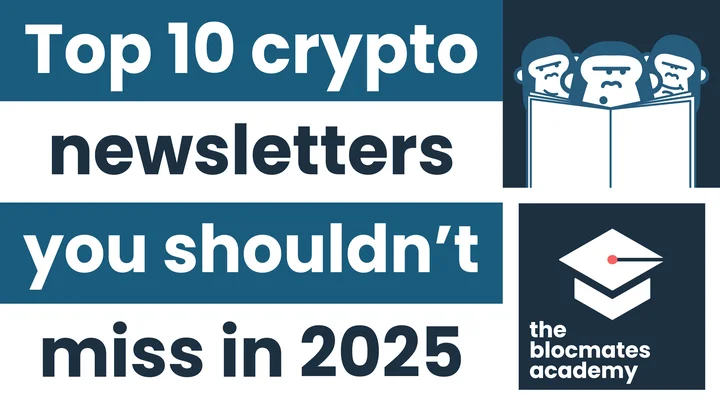










.webp)


.webp)









.webp)







.webp)




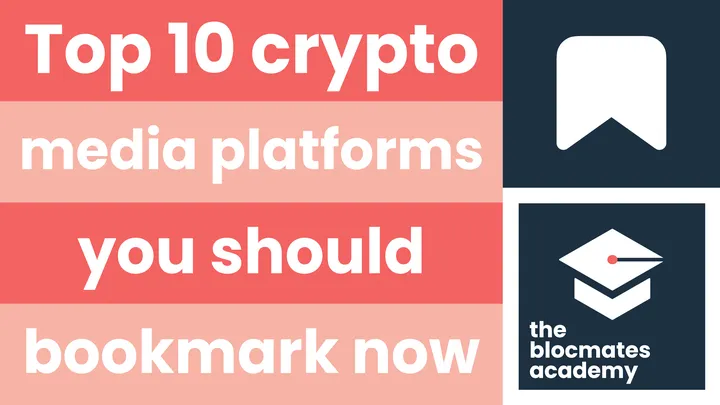








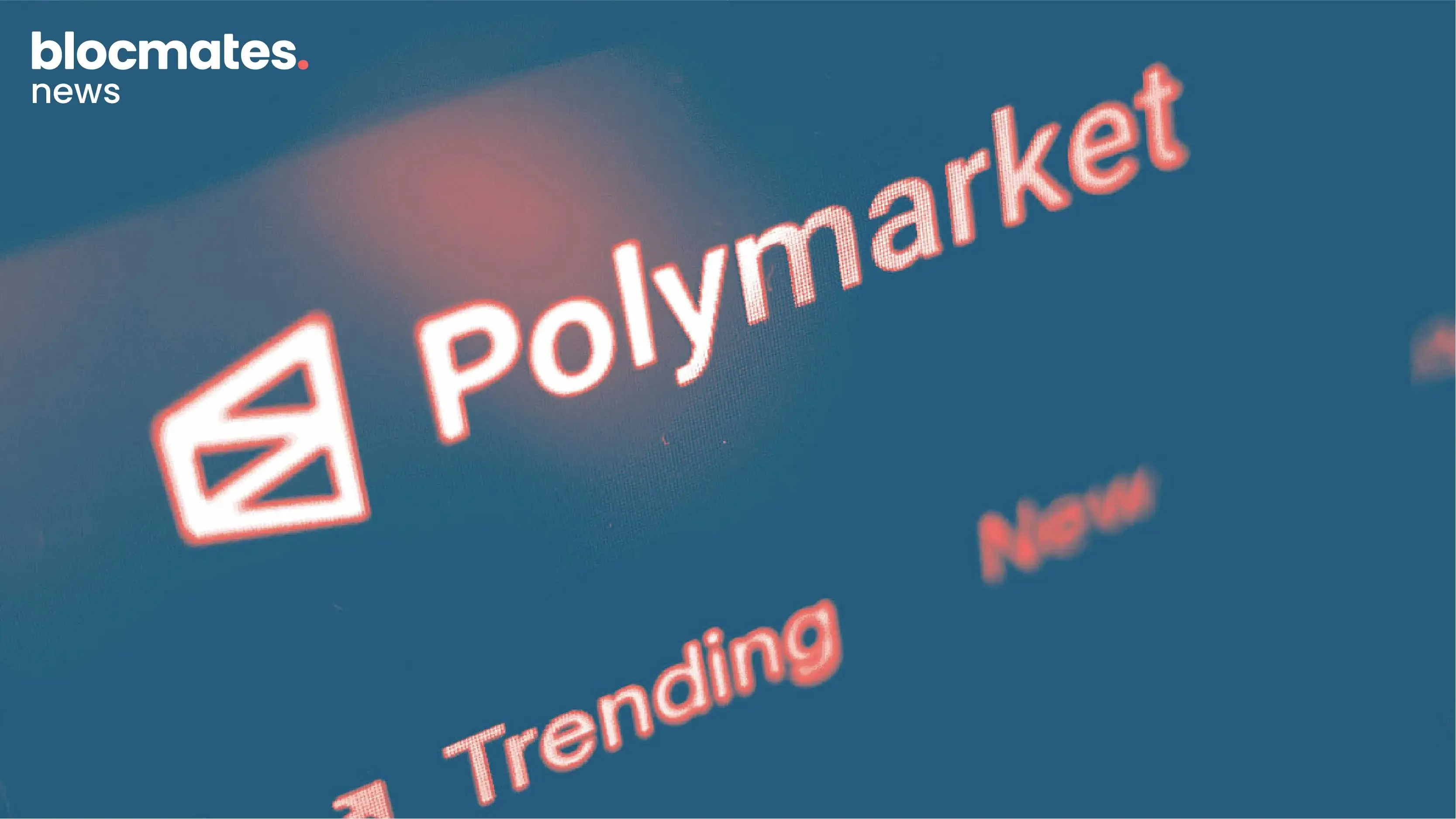

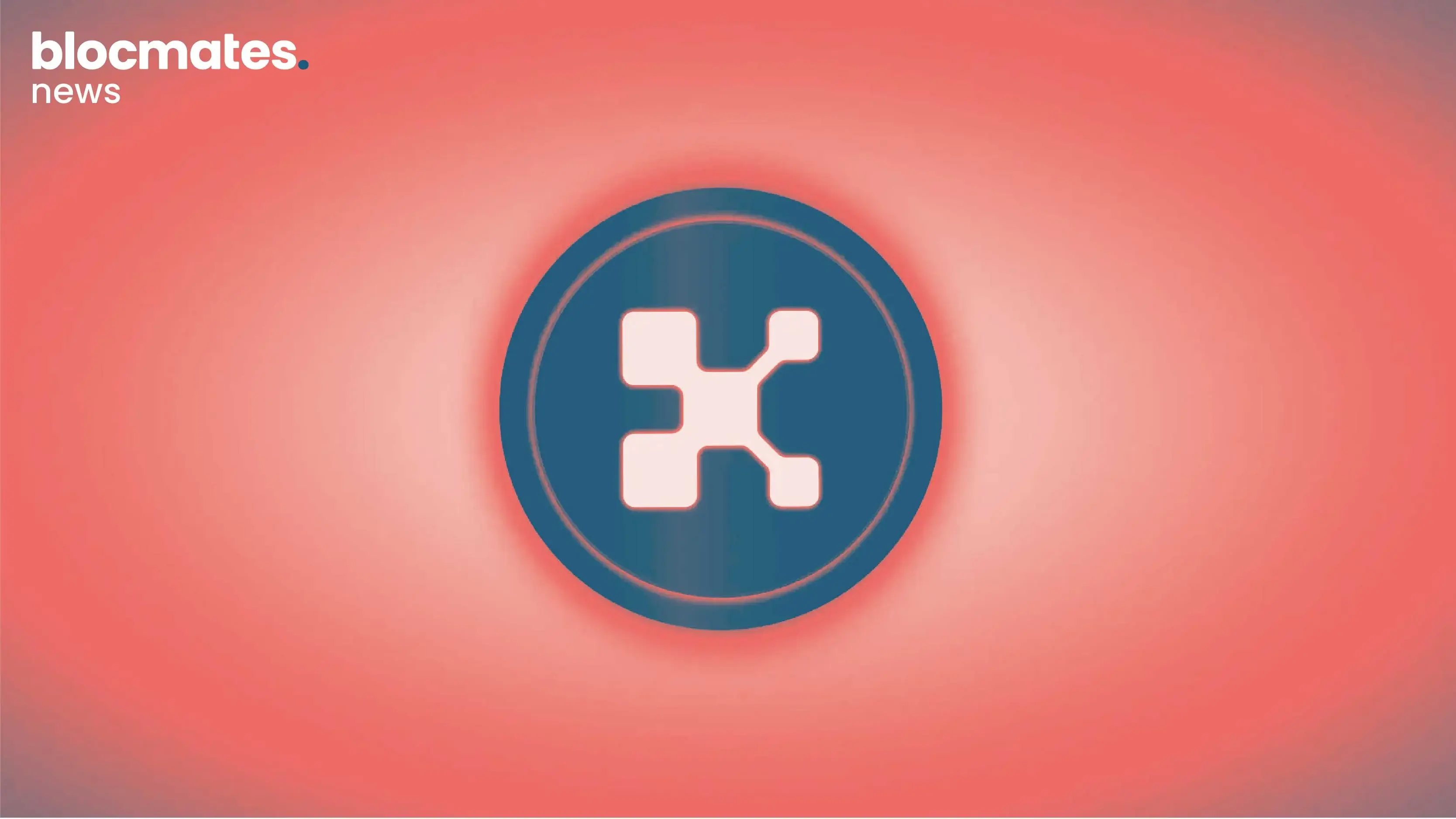
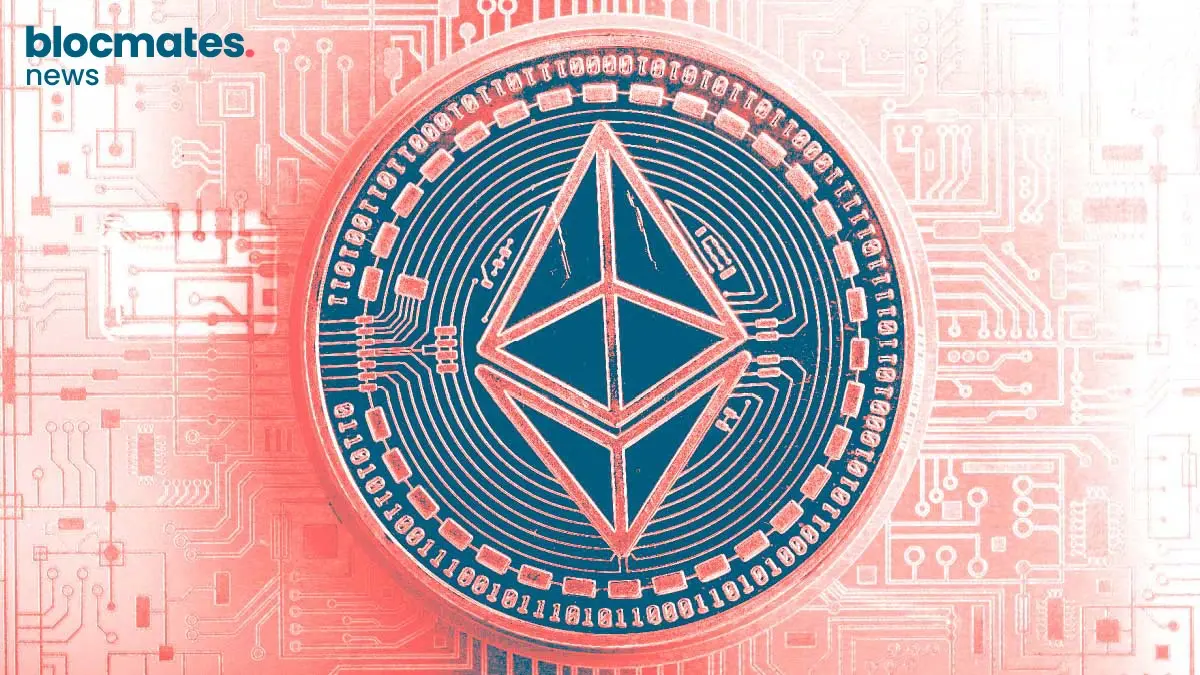
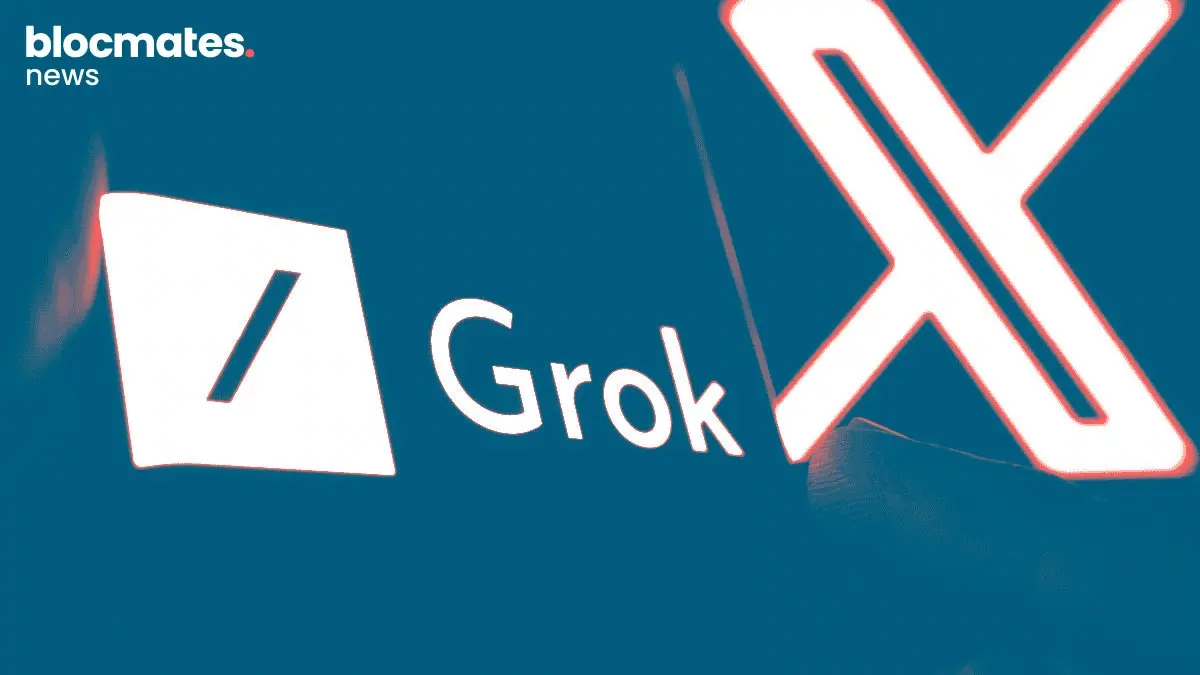

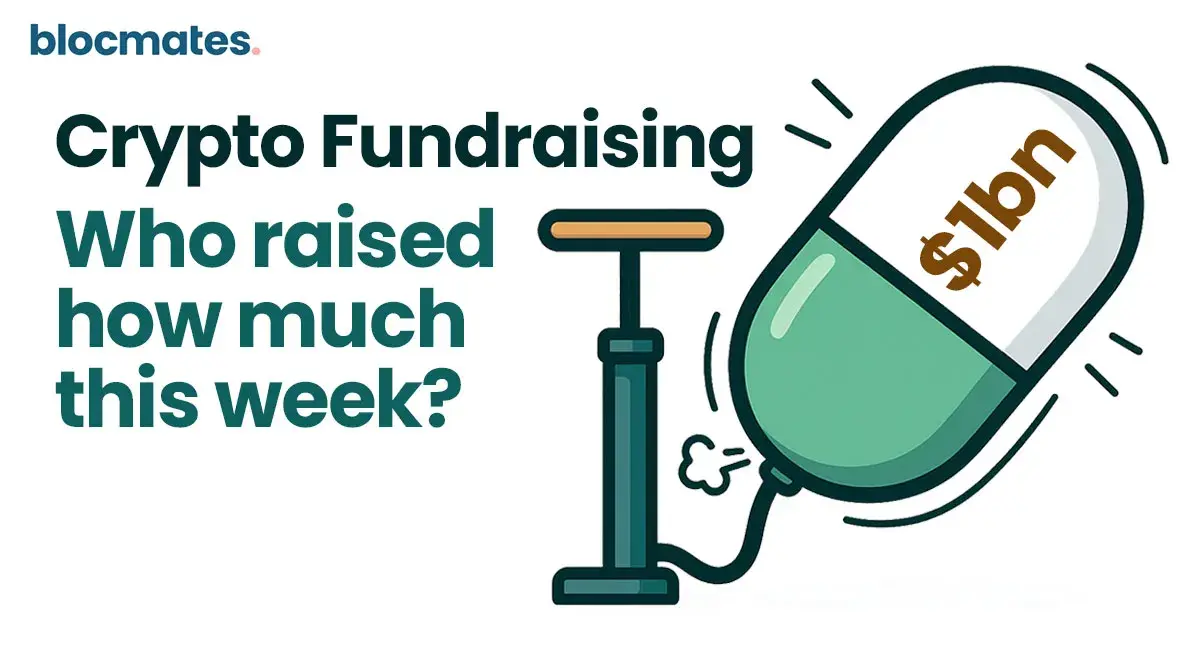
.webp)


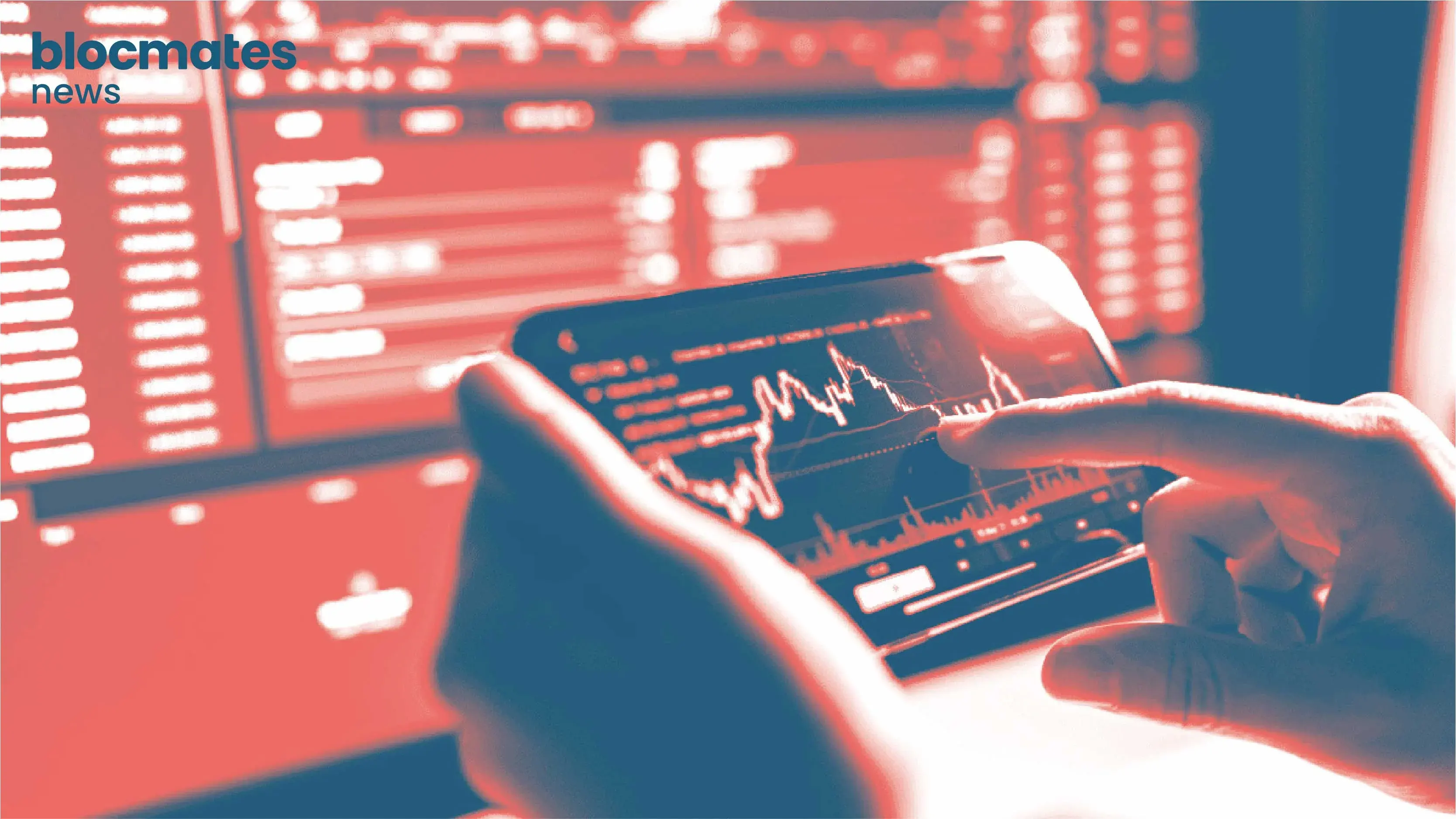
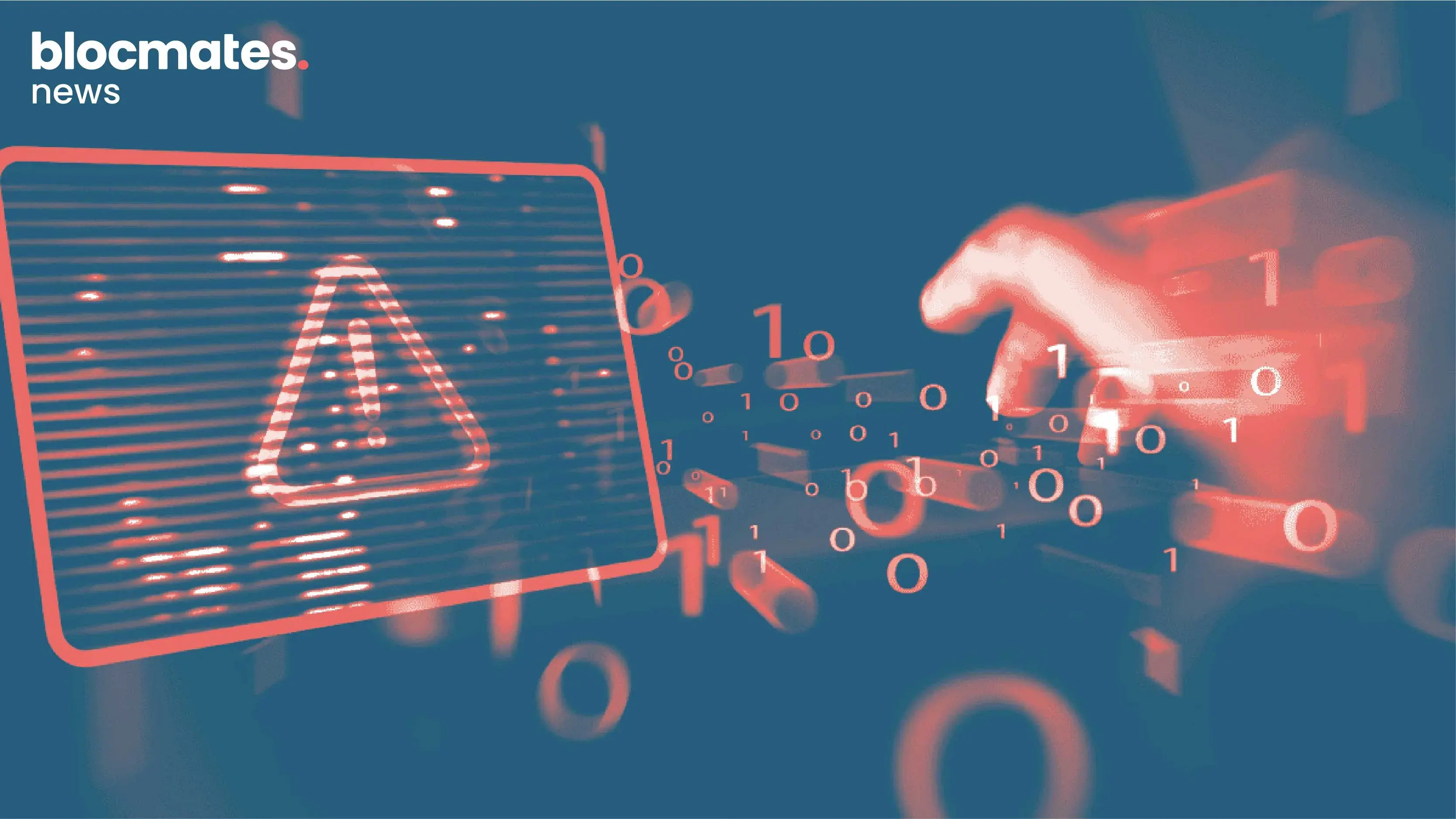

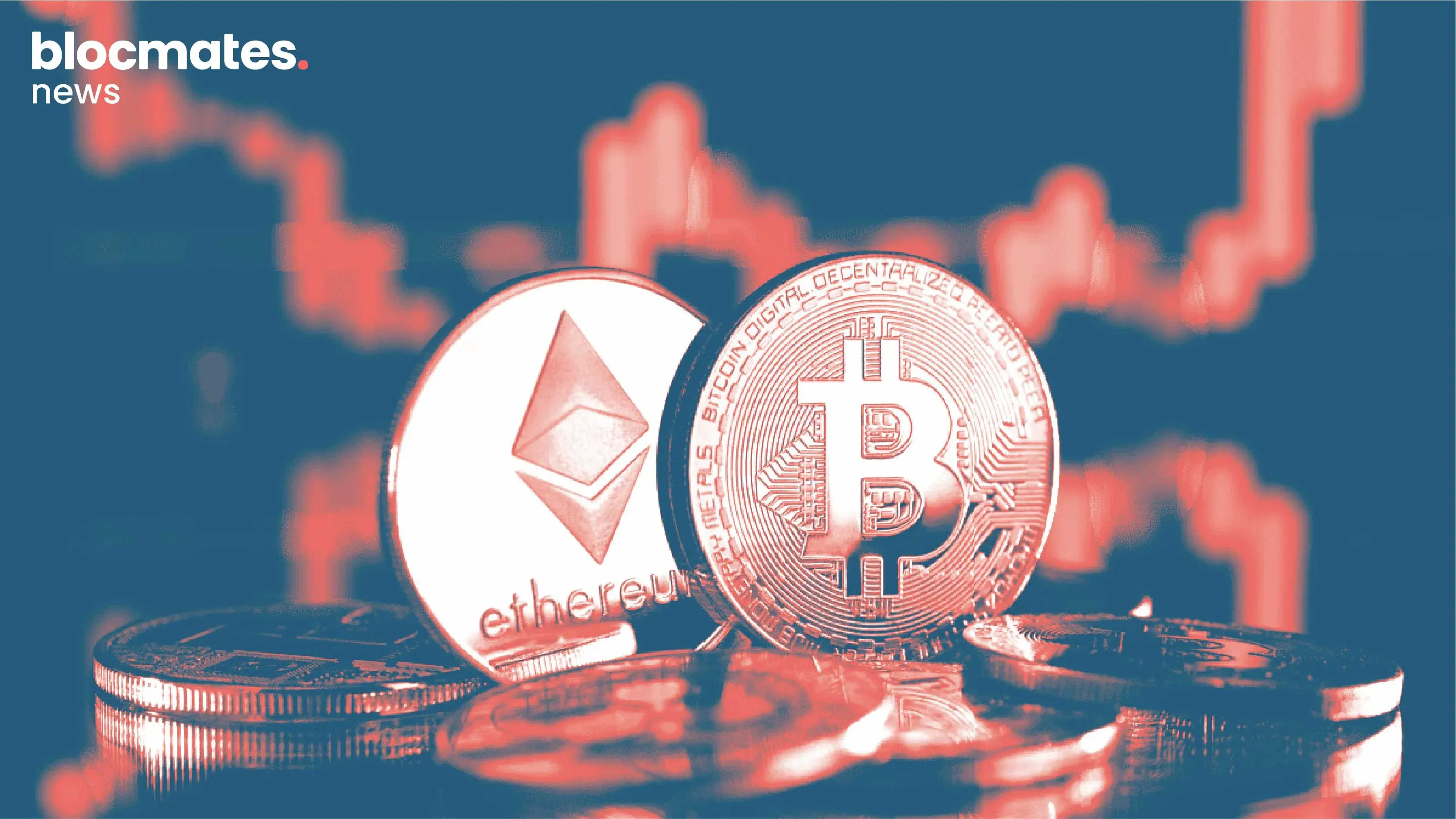

.webp)
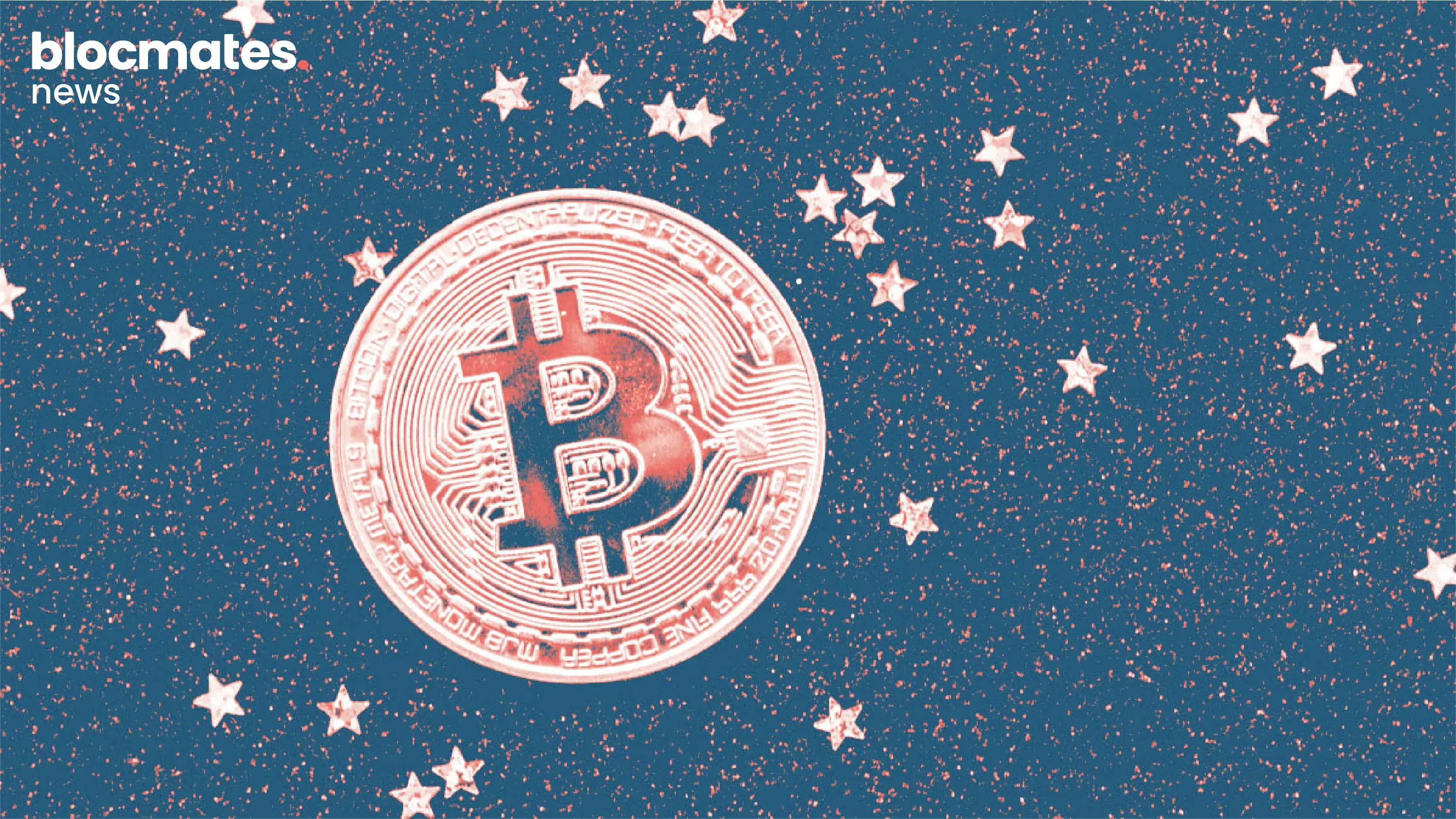

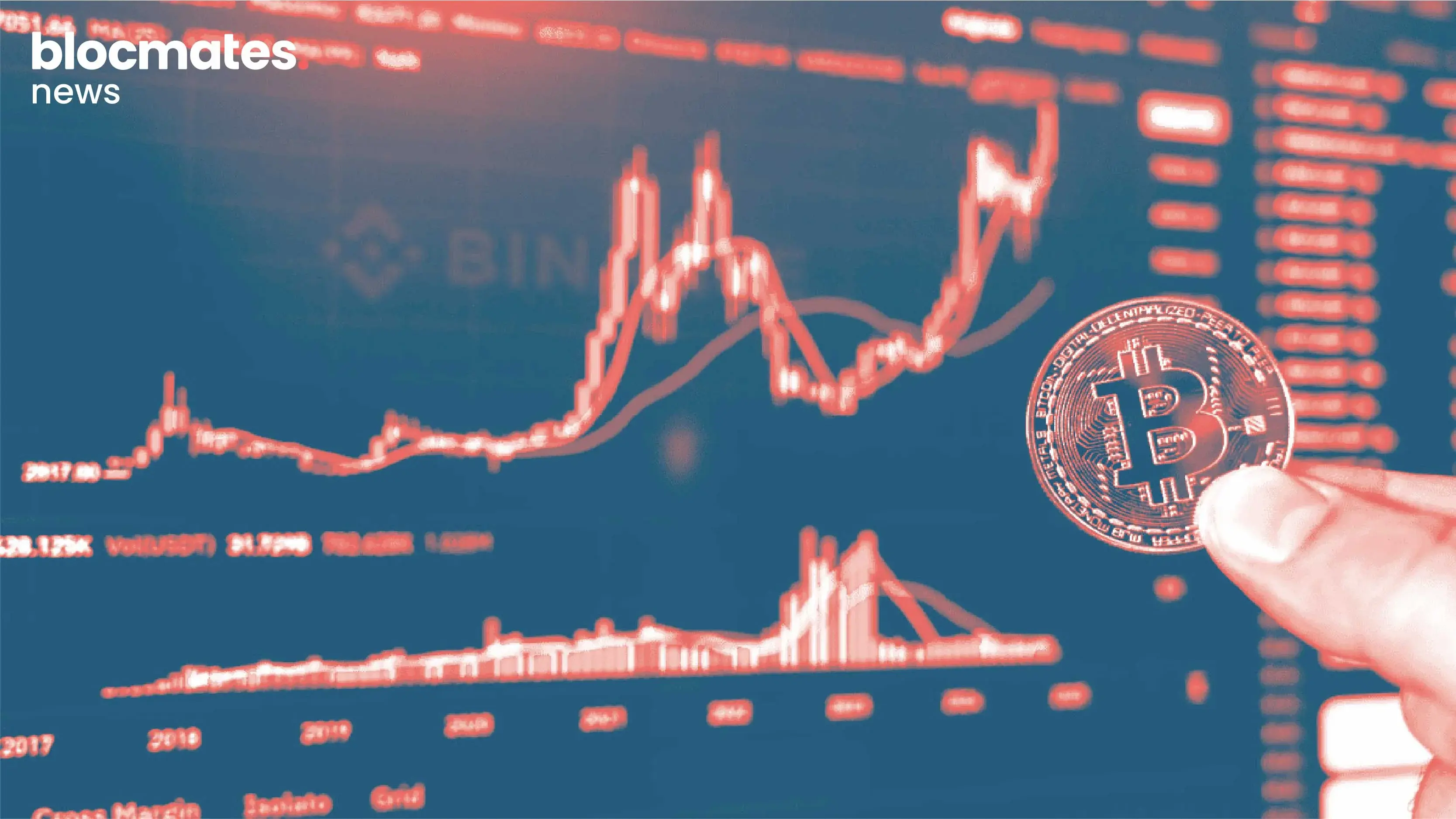




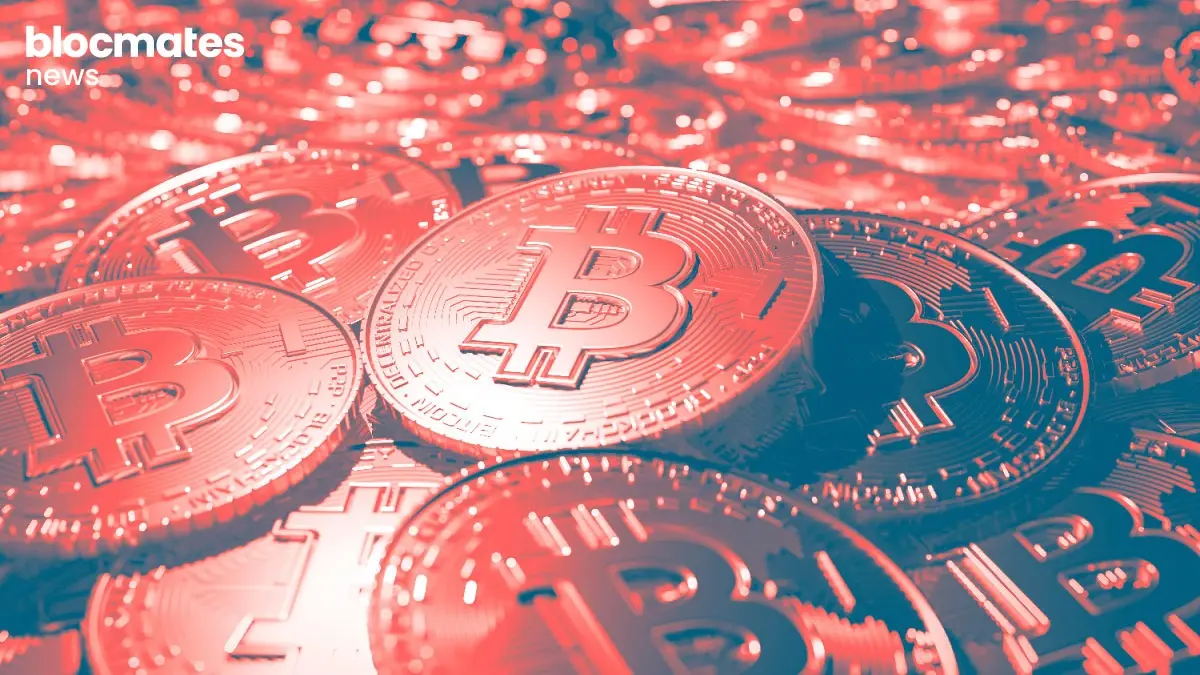













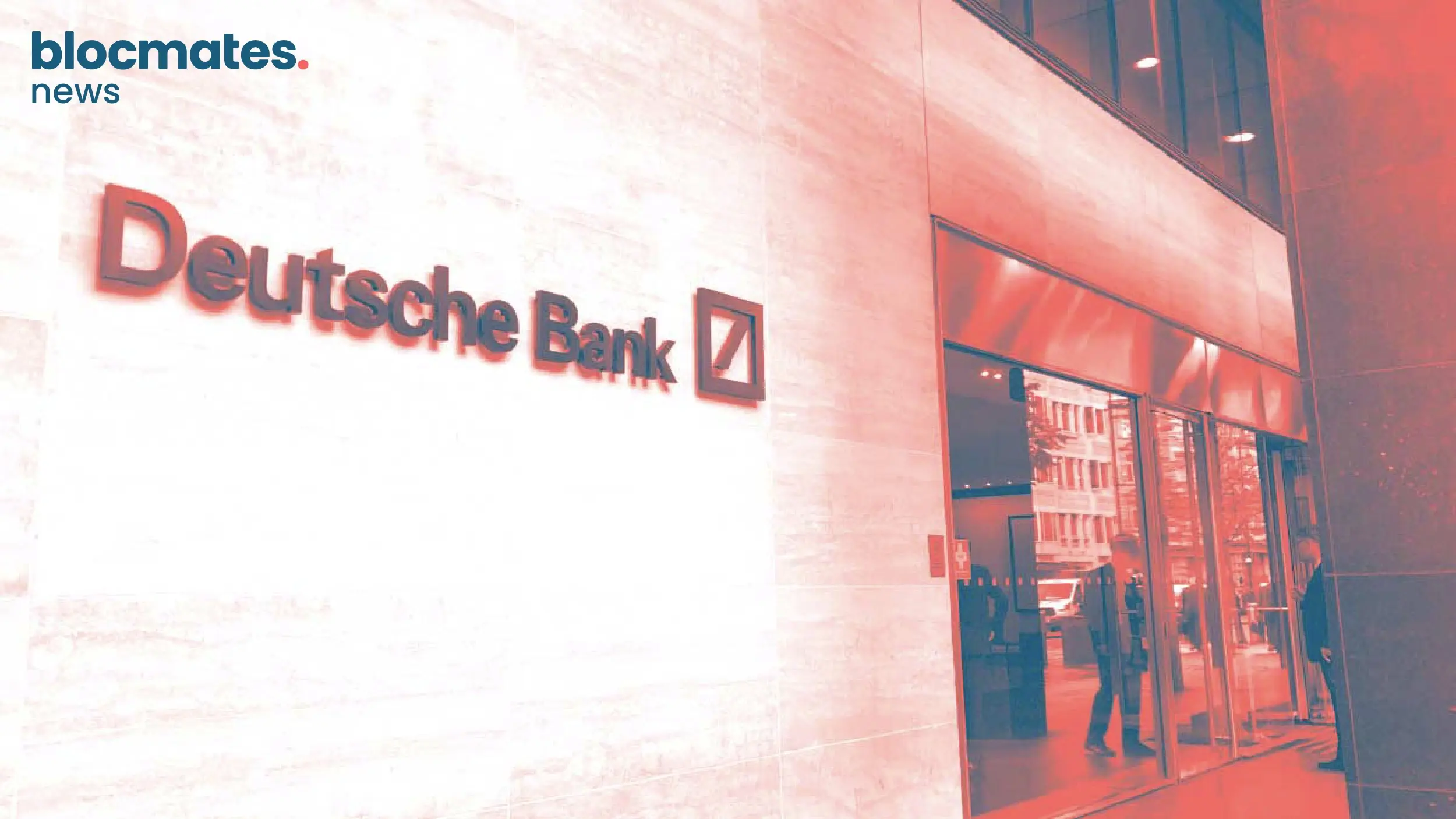

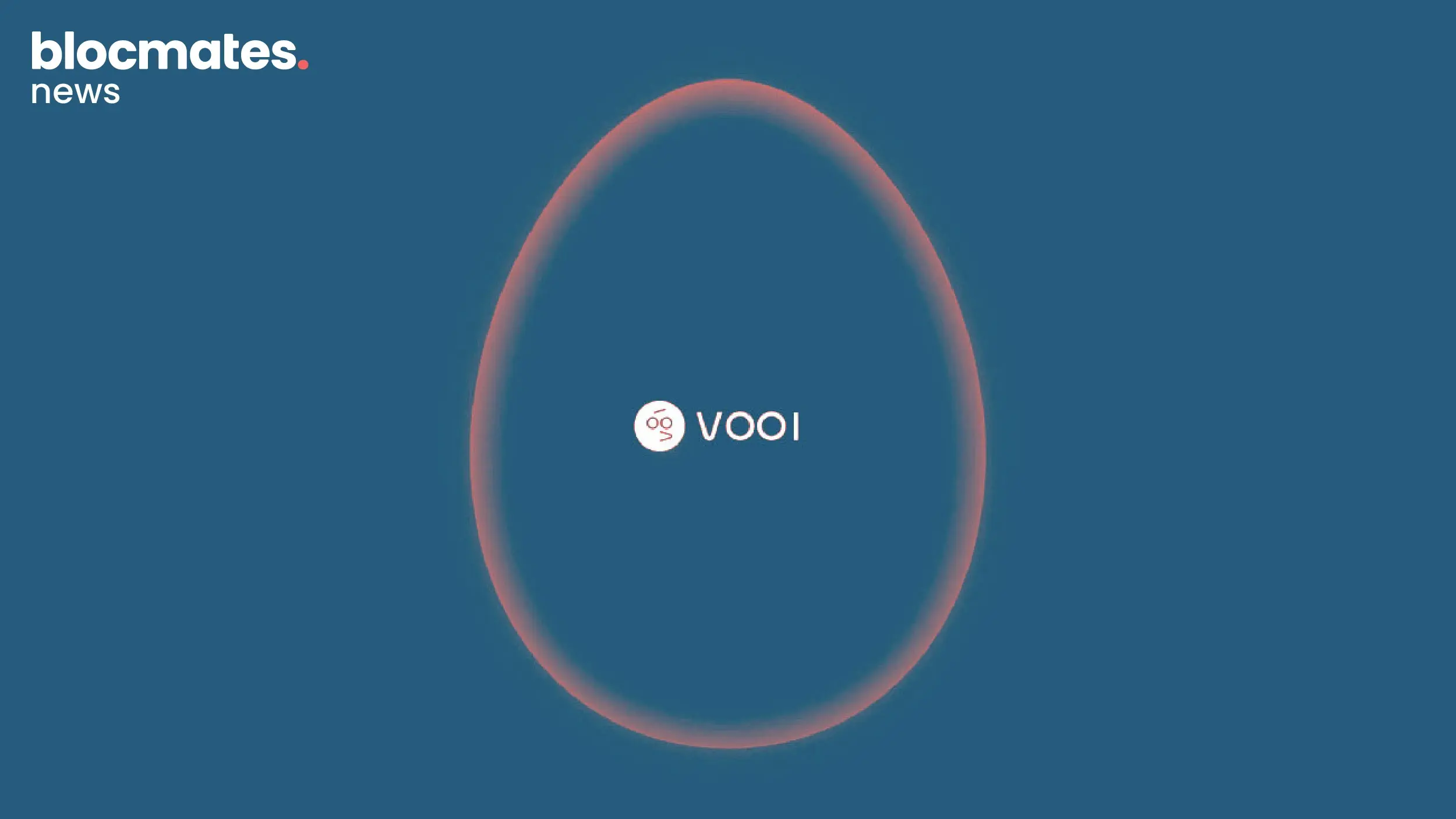
.webp)






.webp)
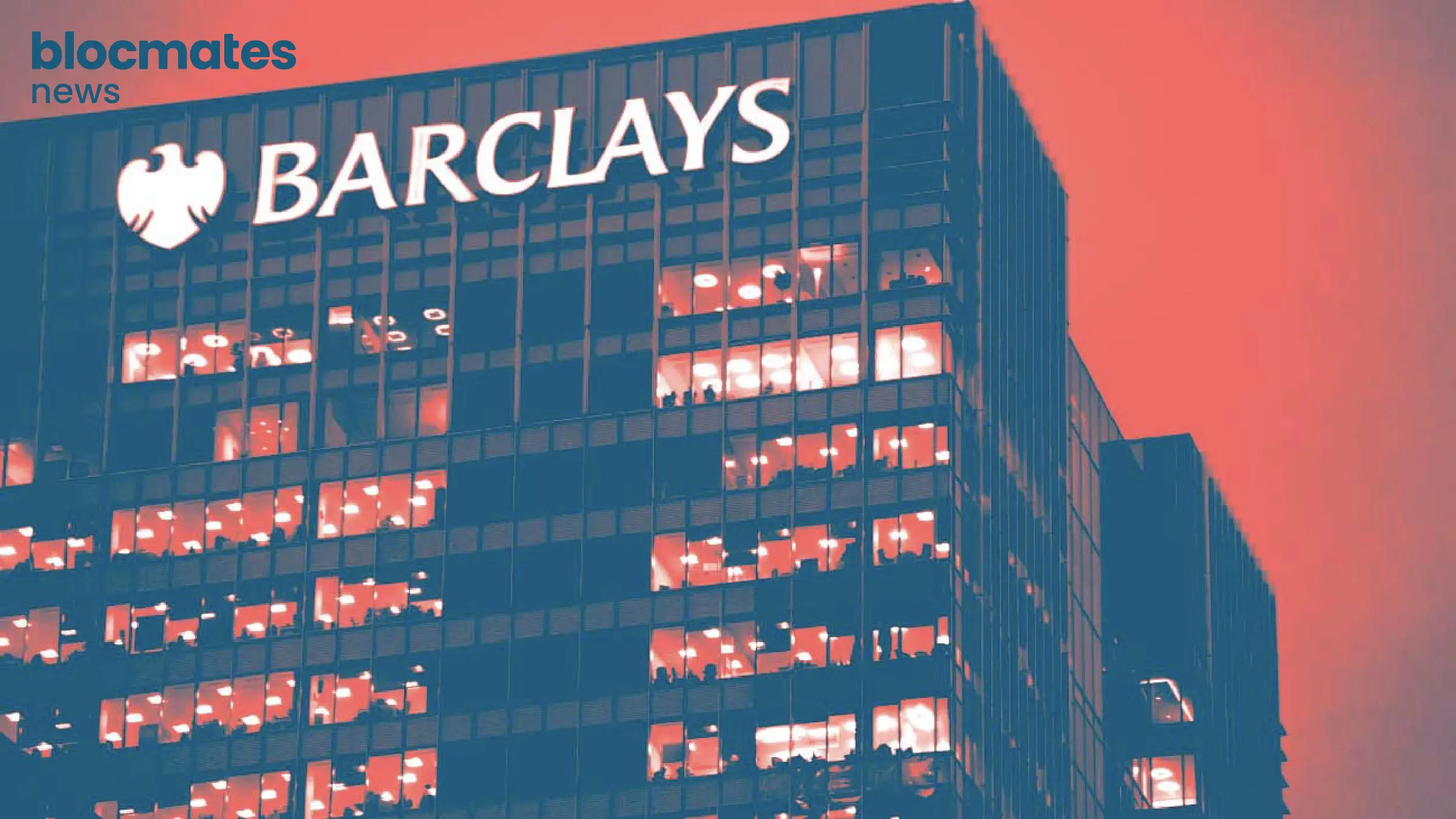


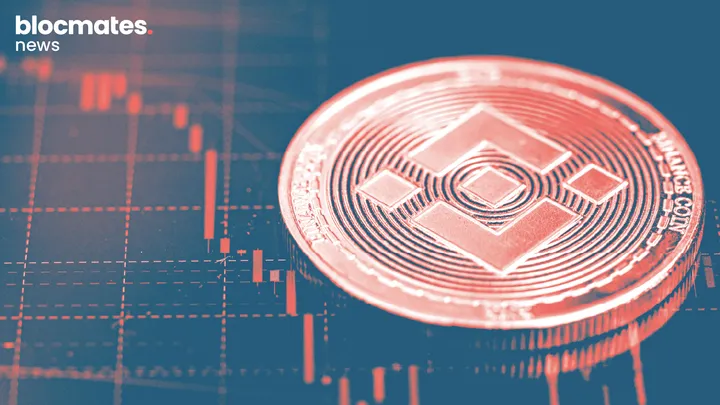
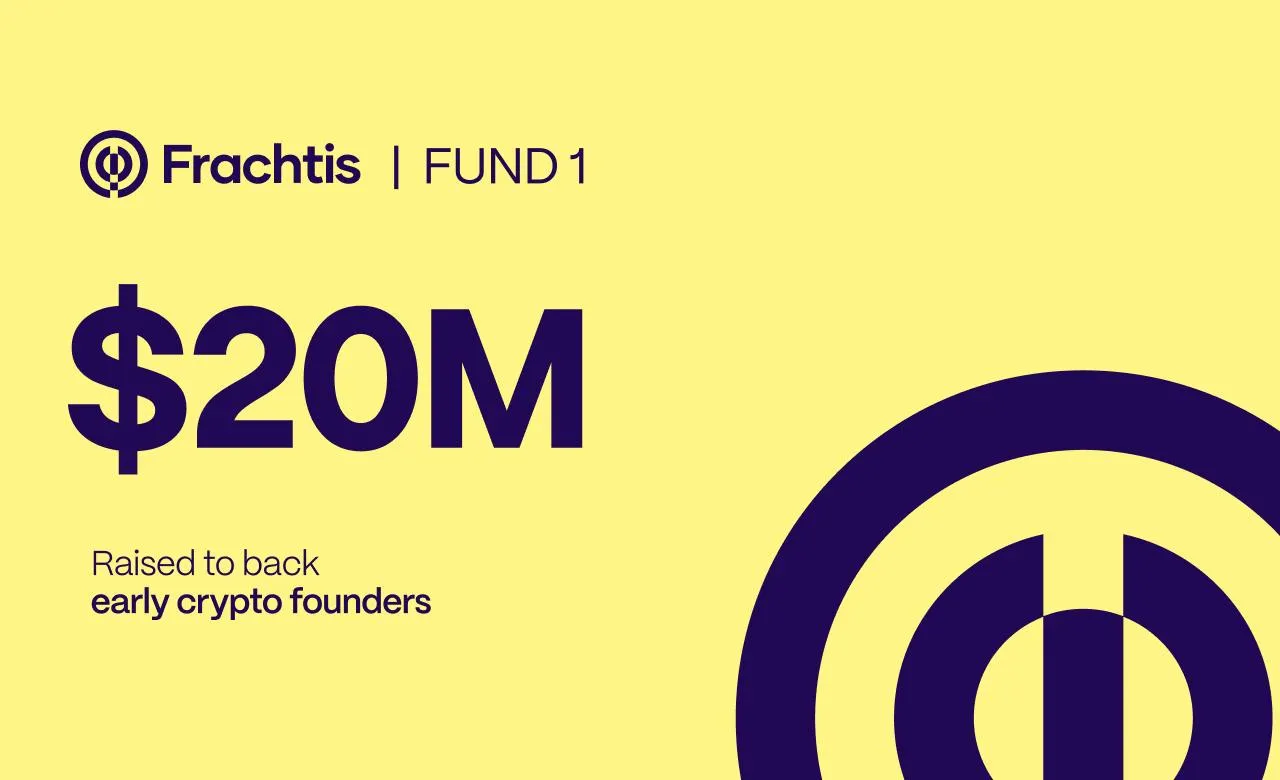





.webp)



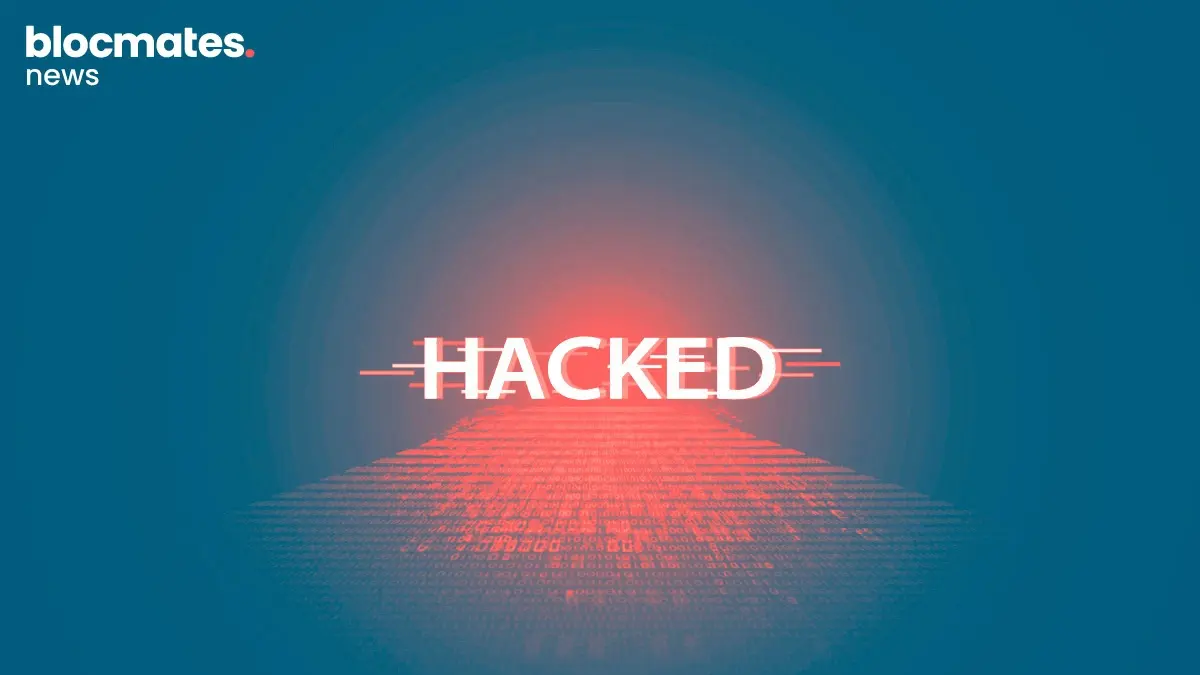




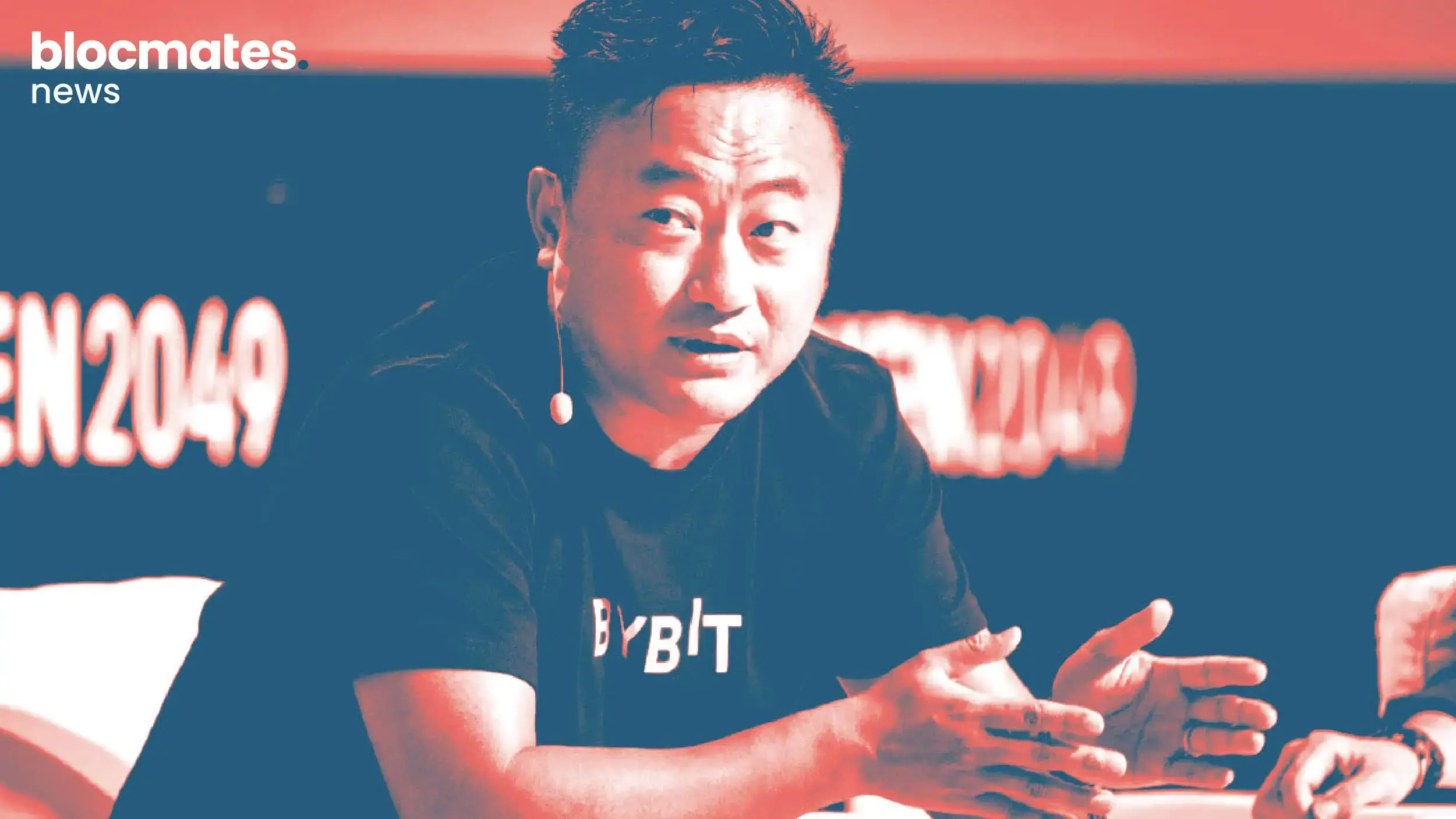
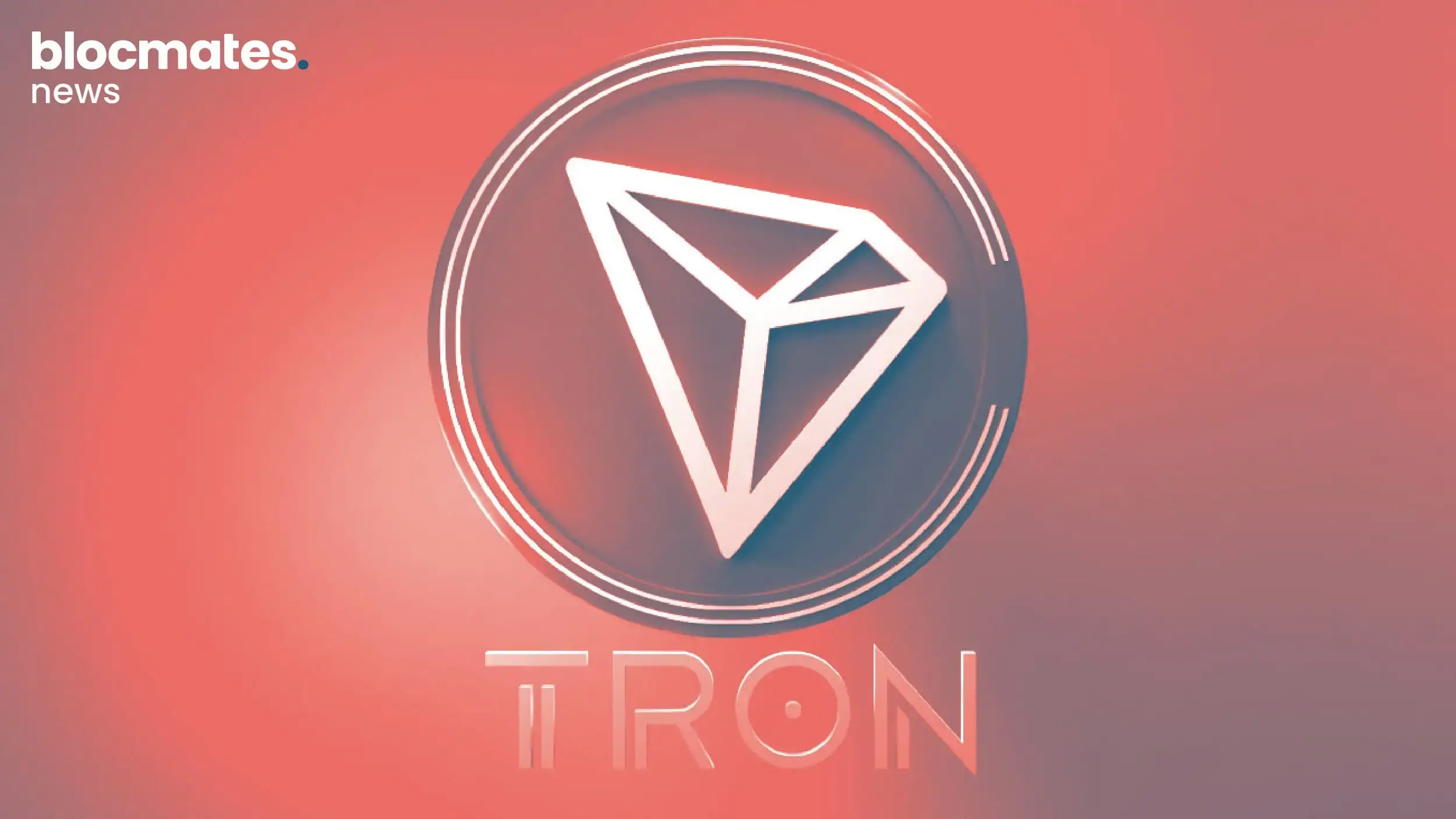
.webp)
.webp)
.webp)
.webp)
.webp)
.webp)

.webp)









.webp)

.webp)
.webp)
.webp)
